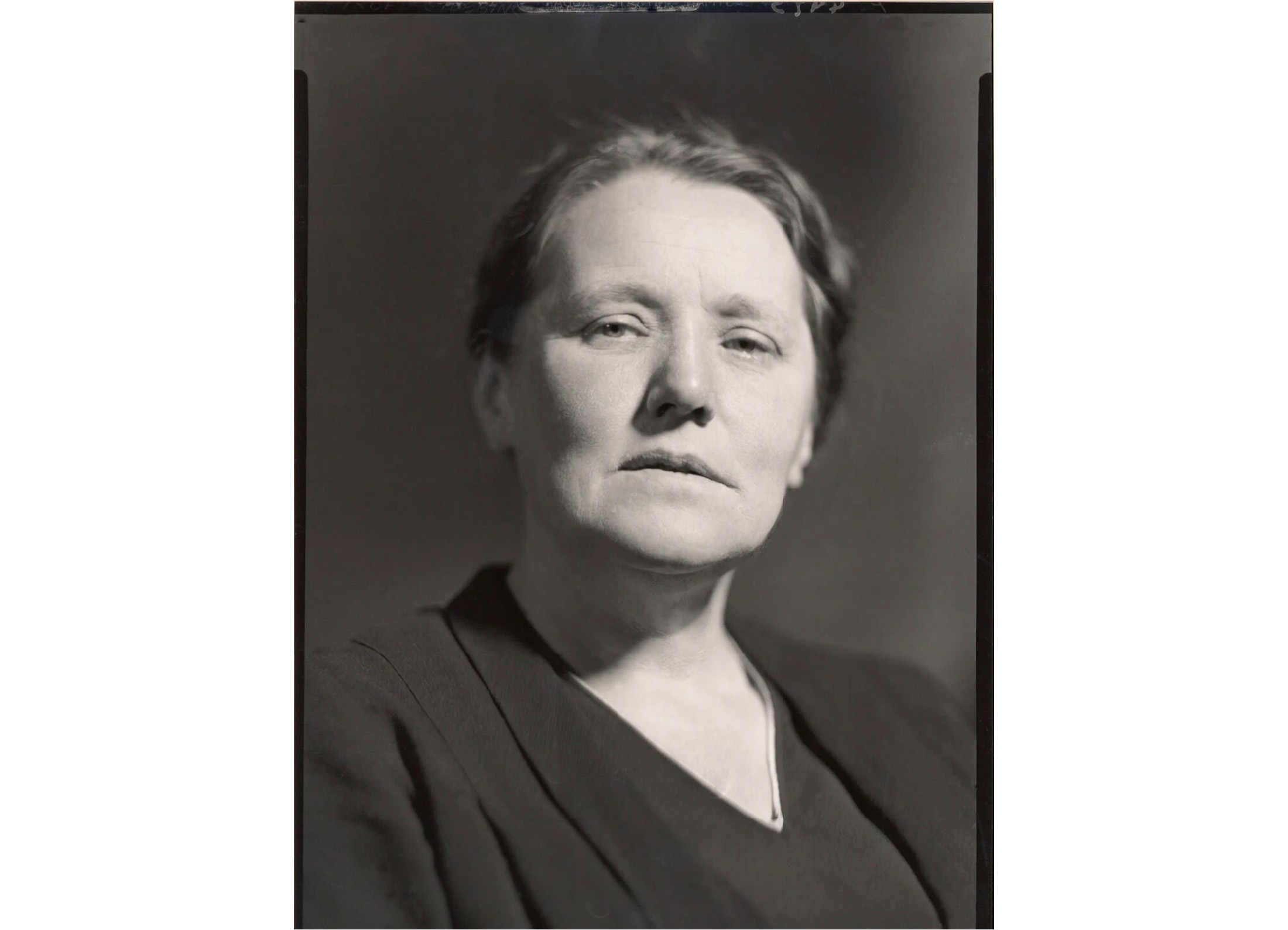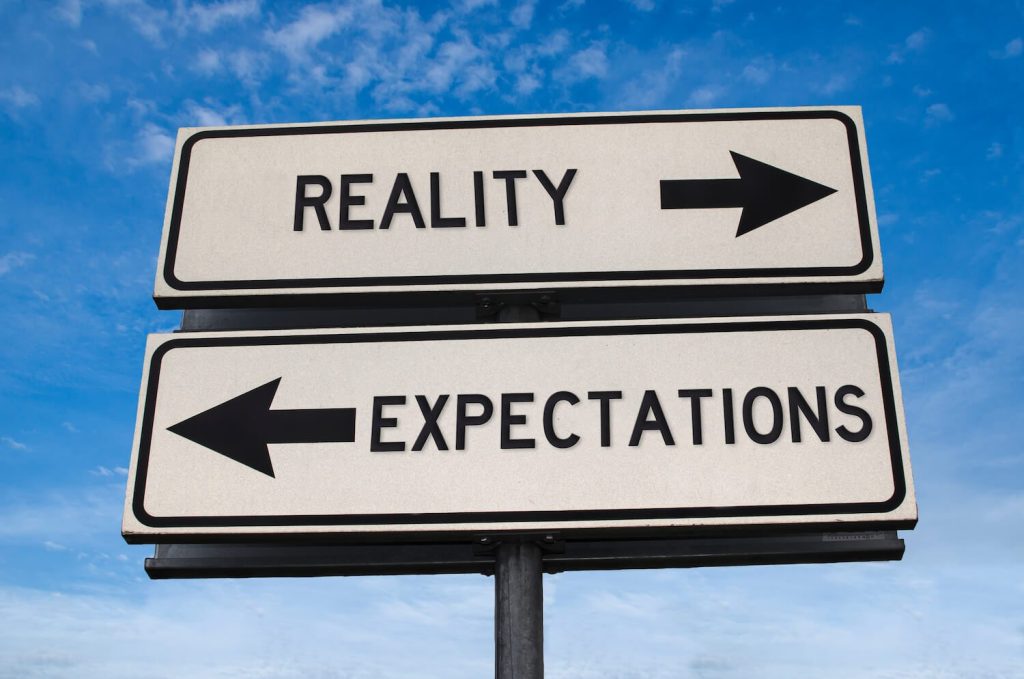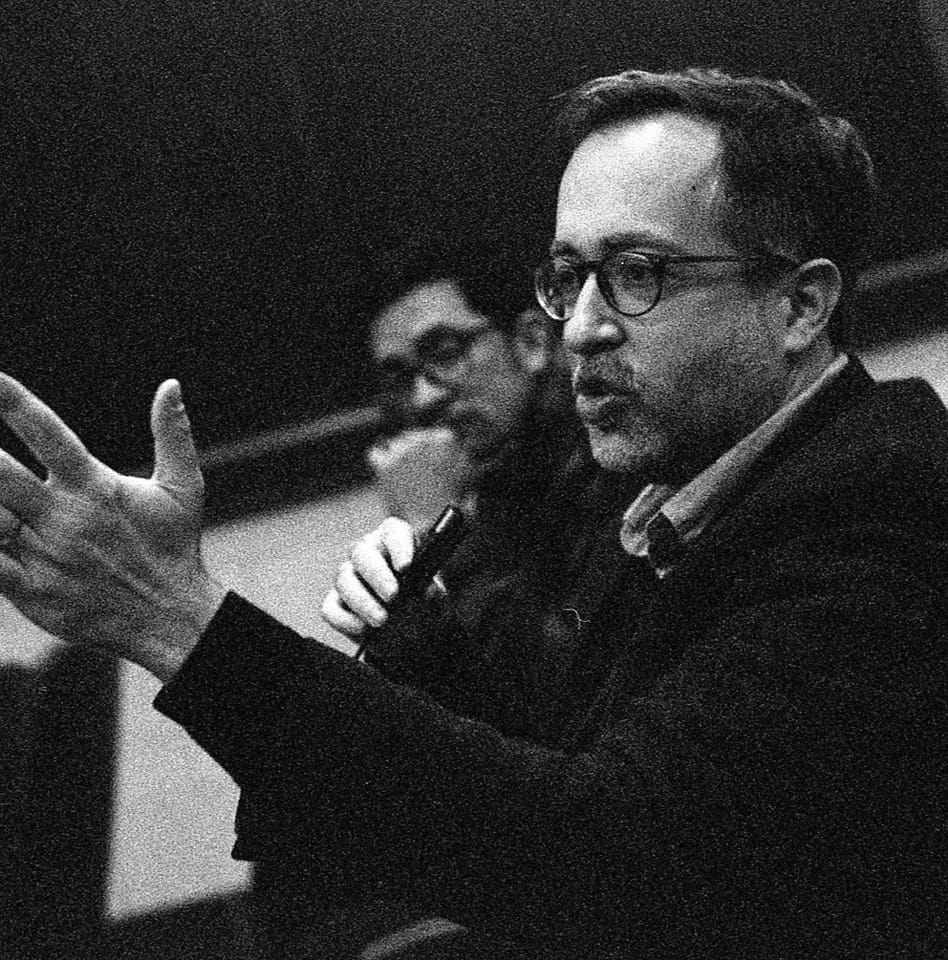In this post, Ella Whiteley discusses their article recently published in Ergo. The full-length version of Ella’s article can be found here.

Imagine you’re talking with someone, and suddenly they shout their last sentence while making emphatic hand gestures. “I do enjoy Jeff Goldblum’s outfits in shows; his luxe dressing gown in Kaos is pretty excellent BUT OH MY GOSH THE UNBUTTONED SHIRT IN JURASSIC PARK!” Outside of finding this mildly disconcerting or amusing, you’d likely find that last part of the communication the most attention-grabbing. The volume, the phrase ‘oh my gosh’, the banging-of-fists on the table – these are explicit cues to focus on those latter words. The part about the unbuttoned shirt stands out, which invites you to treat it as more important and memorable. (The result of course is that the image of Goldblum on that metal doctor’s table is what insists upon your mind’s eye. If it doesn’t, we have identified a horrifying gap in your cultural knowledge that you should now rectify.)
We make certain elements of what we’re saying more salient to our audience in a range of ways – tone of voice, repetition, and so on. Philosophers have pointed out how just mentioning something makes it salient. Maxime LePoutre (2024), for instance, has shown how mentioning a conspiracy theory in service of debunking it can raise the salience of that conspiracy theory. This can have counterproductive consequences: its heightened salience makes the theory feel more familiar and, ultimately, true.
I want to focus on a different salience mechanism: the order in which we communicate information. Since we cannot say, hear, or read everything at once, ordering is unavoidable. This makes it a particularly important phenomenon to analyse.
Sometimes, the significance of ordering is not subtle or elusive. It’s intuitive that the first page of the newspaper is more salient than page 10. It’s intuitive that what comes up at the top of one’s social media feed is likely to grab one’s attention the most. But I don’t think we’re used to recognising the importance of order in other aspects of communication. Most of us talk about ‘men and women’, ‘kings and queens’, ‘he or she’, without noticing this persistent pattern of positioning men first. Many of us gloss over the pattern whereby we standardly position the ‘for’ first, when we ask if one is ‘for or against’ a given proposal.
What are the implications of these orderings for audience interpretation? One place to look for answers is psychological research into ‘order effects’ (Haugtvedt & Wegener,1994). A general picture emerges from this research. Firstly, the content positioned first, call it content 1, is generally processed as more salient – more attention-grabbing. Other factors, like volume and tone of voice, inevitably complicate this general rule. But once we control for other factors, we find that, systematically, the first-mentioned content is treated as more salient. Heightened salience is then processed as indicating heightened relevance – content 1 is considered more important for understanding. Audiences then unconsciously draw on various accessible beliefs and associations that help to make sense of this signalled relevance.
This picture explains various psychological findings. For instance, talking about men before women tends to activate gender stereotypes in audiences’ minds, including men being more agential, powerful, assertive, decisive, and so on (Kesebir, 2017). These stereotypes are cognitively accessible and socially licensed ways of interpreting why, through being discussed first, men have been signalled as more salient and relevant. Troublingly, stereotypes that are activated in this covert way generally resist being blocked, and thus audiences are liable effectively to endorse those stereotypes in their subsequent inferences. Order-based salience patterns have unexpected normative significance, then, in virtue of triggering ethically and/or epistemically problematic biases.
I am keen that this insight avoids being appreciated only in certain circumscribed contexts, such as the ordering of binomials. So, let’s think about another example. One trend I have noticed in sex/gender science papers is the tendency to mention sex or gender differences first. In recent decades it has become more standard explicitly to acknowledge gender similarities—something that historically was rarely mentioned or recognised. But routinely such similarities do not make the first page. There’s reason to consider this a problem. A great deal of research has documented a particularly accessible, easy-to-trigger bias of gender essentialism, which treats gender differences as extreme and immutable, a belief routinely justifying a range of harmful social practices (Gelman & Taylor, 2000). By discussing gender differences before similarities, researchers are making them more salient. Order effect research gives us reason to think that audiences will likely process this salience as indicating relevance, which audiences then try to understand by drawing on accessible and licensed beliefs and associations that fit with this gender difference being made more relevant. Gender essentialism, easy-to-activate as it is, risks being triggered in this process.
There are other risks to consider. Rather than activating specific problematic beliefs or associations, discussing differences before similarities may help more broadly to shape audiences’ overall cognitive map of sex/gender, which has significant effects for what they then notice in the world, the inquiries they conduct, and so on. Or, rather than focus on the downstream effects of these salience patterns, we might reflect on whether the patterns themselves constitute subtle forms of prejudicial speech. Speech act theory, for instance, recognises that we do things with words; saying ‘Run, there’s a fire!’ does not just cause people to flee, it constitutes an act of warning (Langton, 1993). Mentioning men before women might constitute an androcentric act of placing men at the centre of things. Routinely discussing sex/gender differences before similarities might count as a particularly subtle act of essentialising gender.
Imagine an account of a phenomenon, whether that be a historical event, a person, a scientific topic. Imagine that account contained no falsehoods – only truths. Imagine further that it contained every significant and relevant truth –nothing important is left out. I suggest that there may still be ways in which that account can be normatively criticisable. By ordering those truths in a particular way, this account might make salient the ‘wrong’ truths. Perhaps the ordering elicits biases of ours, which trigger false beliefs. Perhaps it simply counts as a subtle form of prejudice.
References
- Gelman, S., and M. Taylor (2000). “Gender Essentialism in Cognitive Development”. In P. H. Miller and E. Scholnick (Eds.), Towards a Feminist Developmental Psychology (169–90). Routledge.
- Haugtvedt, C. O. and D. T. Wegener (1994). “Message Order Effects in Persuasion: An Attitude Strength Perspective”. Journal of Consumer Research, 21(1): 205–18.
- Kesebir, S. (2017). “Word Order Denotes Relevance Differences: The Case of Conjoined Phrases with Lexical Gender”. Journal of Personality and Social Psychology, 113(2): 262–279.
- Langton, R. (1993). “Speech Acts and Unspeakable Acts”. Philosophy and Public Affairs, 22(4): 293–330.
- Lepoutre, M. (2024). “Narrative Counterspeech”. Political Studies, 72(2): 570-589.
Want more?
Read the full article at https://journals.publishing.umich.edu/ergo/article/id/6166/.
About the author

Ella Whiteley is a Lecturer in PPE at the University of Sheffield. Their research interests are primarily in ethics, social epistemology, and political philosophy. Their key specialism is the normative dimensions of salience and attention; Ella is interested in how mere patterns of salience can cause or constitute discrimination, a harm, or an epistemic flaw. Since their role at the ‘Invisible Labour Project’ at the University of Cambridge, Ella also works on the philosophy of labour.



















